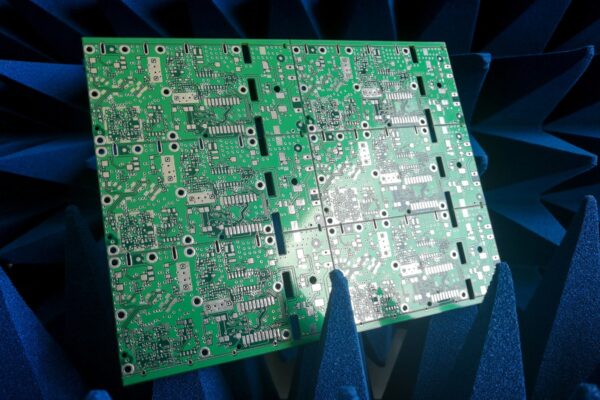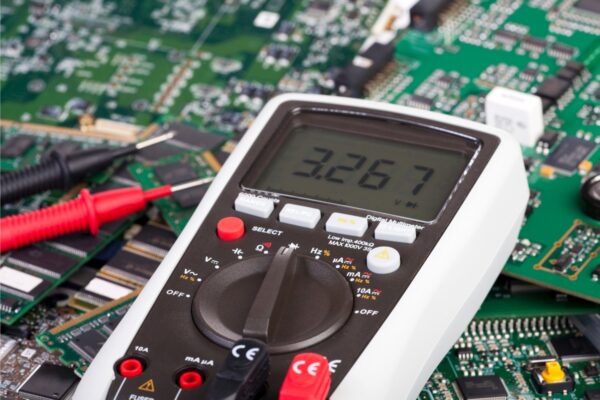What is ESR
ESR, or equivalent series resistance, describes the resistance present in a capacitor. It refers to the power losses that occur within the capacitor due to its internal resistance. When a current flows through a capacitor, some of the energy is dissipated as power, typically in the form of heat, causing the capacitor to warm up.
ESR is a characteristic of a capacitor, particularly in high frequency and high current applications, as it can have a negative impact on circuit performance. A higher ESR value can result in power losses, noise, and voltage drop within the circuit. The power loss caused by ESR can be calculated using the power law I2R, where R represents the ESR value.
Modern capacitor manufacturing aims to minimize ESR values, especially in surface mount device (SMD) versions of multilayer capacitors. Capacitors with lower ESR values are preferred in applications such as output filters in switching power supply circuits or SMPS designs, where high switching frequencies are involved. This helps to mitigate the effects of low-frequency ripples on the overall performance of the power supply unit.
In addition to ESR, another factor to consider is Equivalent Series Inductance (ESL). Low ESL values are desired to prevent impedance interaction with the power supply switching frequency. In applications where noise suppression is critical and the number of output filter stages needs to be minimized, high-quality capacitors with super low ESR and low ESL, such as polymer electrolytes, are often chosen over aluminum electrolytic capacitors.





